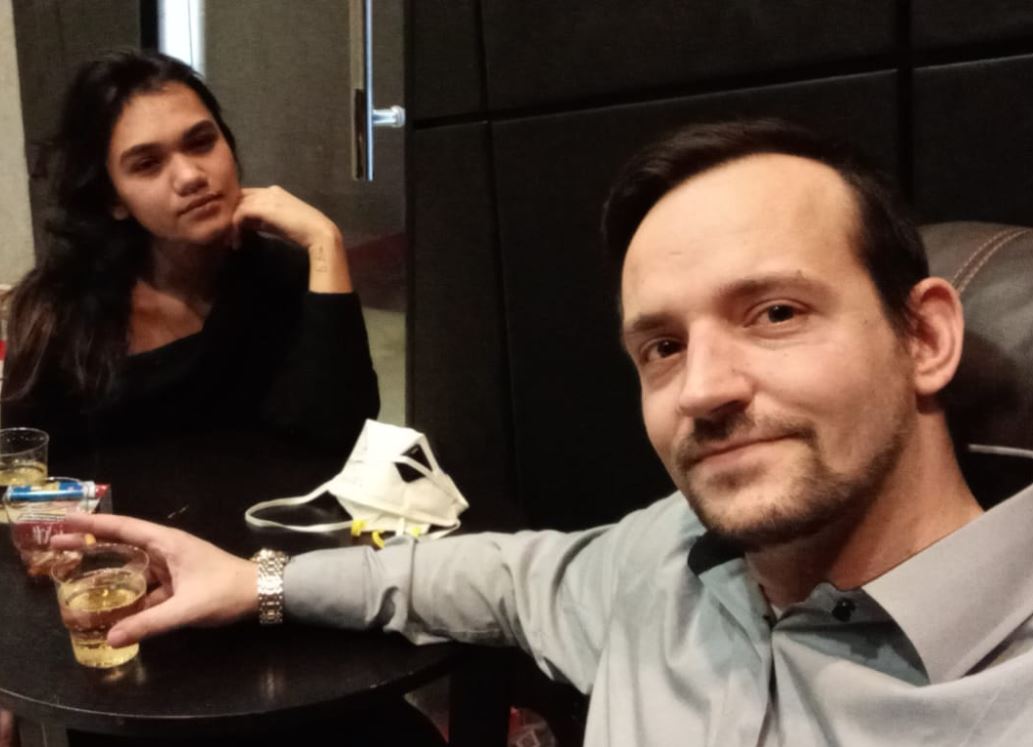Spinal cord injuries: New study reveals alarming forecasts until 2050!
Learn about the latest studies on spinal cord injuries worldwide and their impact on health in Chiang Mai.

Spinal cord injuries: New study reveals alarming forecasts until 2050!
A recent scientific report highlights the serious impact of spinal cord injuries (RMV) on those affected, their families and society as a whole. A systematic analysis published in Aging Research Reviews by Lu et al. reveals the global, regional and national burden of spinal cord injury from 1990 to 2021 and provides projections through 2050. These results clearly show that spinal cord injuries are a significant health problem that also has serious social and economic consequences in Thailand, as Kovindha already described in the “American Journal of Physical Medicine”.
Spinal cord injuries not only arise from accidents such as traffic accidents or falls, but can also be caused by non-traumatic processes. The pathophysiology is complex and includes both primary and secondary damage to the spinal cord. The latter include, among other things, vascular dysfunctions, inflammatory reactions and neurogenic processes that make healing more difficult. These findings are supported by the analysis of damage mechanisms provided by the website evidenzbasis-rudelsaeulenmedizin.de.
The role of the autonomic nervous system
Spinal cord injury has profound effects on the autonomic nervous system (ANS), which is responsible for regulating many body functions. Disruption of the supraspinal influence on the ANS often results in a dominant parasympathetic response and sympathetic depression. This can lead to cardiac arrhythmias and gastrointestinal problems, which contribute enormously to the quality of life of those affected, as described in the relevant scientific literature. An integrated view of these autonomic dysfunctions shows the need for further research in order to be able to optimally help the affected patients.
Symptoms of autonomic dysreflexia caused by noxious stimuli below the injury can become a medical emergency. Patients are often on the threshold between normal life and serious health crises. Treatment therefore requires quick action to identify the triggering factors and control blood pressure.
Long-term consequences and need for rehabilitation
In the long term, RMV can lead to significant complications such as neurogenic orthostatic hypotension, thermoregulatory dysfunction and sexual dysfunction. Rehabilitation is given high priority because these patients often require multidimensional management to improve their quality of life. Physiotherapy, occupational therapy and psychosocial support are essential components of rehabilitation in order to help those affected to reintegrate into their everyday lives in the best possible way.
In summary, research into spinal cord injuries is constantly advancing. Innovative approaches such as neuroprotection and functional electrical stimulation offer new hope for better handling of this difficult challenge. The results of studies and analyzes emphasize the urgent need to improve both understanding and treatment methods in order to significantly improve the quality of life of those affected. We must work together to ensure that no individual is left alone in this emergency.
For further information on these topics, articles can be found in the following publications: Nature, PMC and Evidence-based spine medicine.

 Suche
Suche
 Mein Konto
Mein Konto
